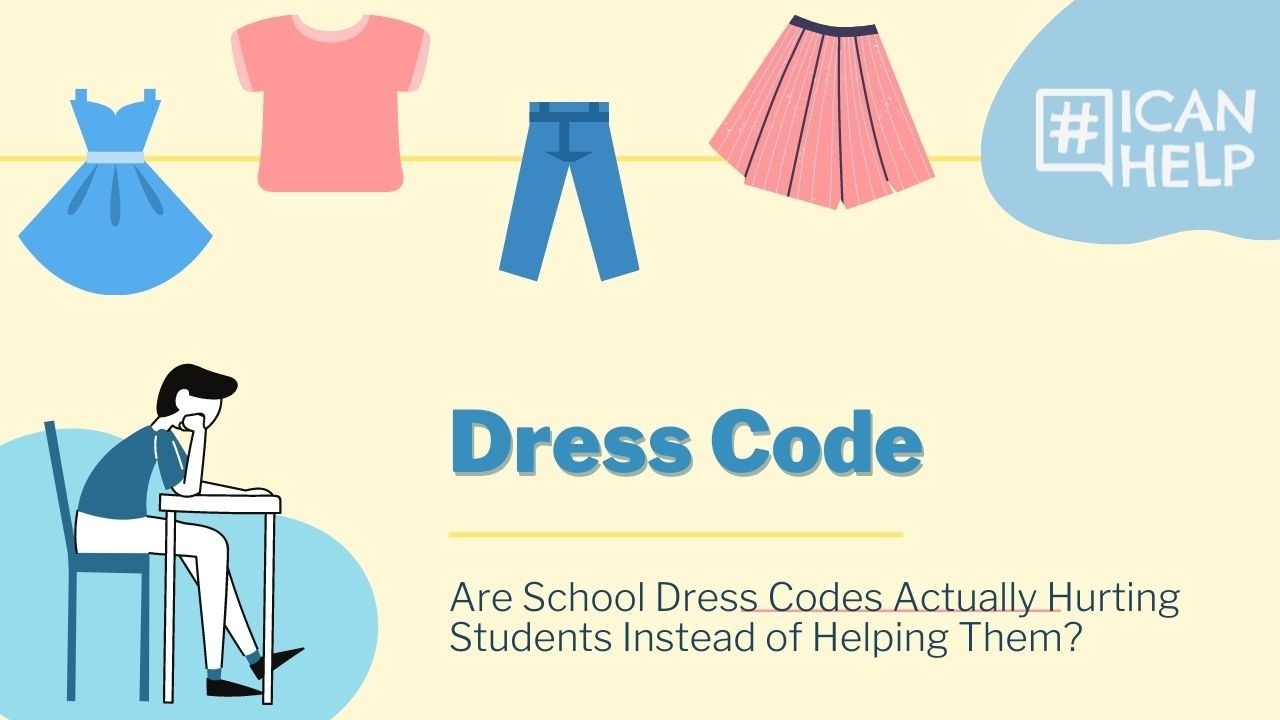Dissatisfied with Your School Dress Code? Here’s How to Make a Positive Change
Mar 01, 2022
Over the past five years, students like us have become more vocal about unequal dress codes. While most schools claim their dress code policies are intended to foster a positive, focused learning environment, the reality can be quite different.
Dress codes usually dictate student attire based on patriarchal, white, heteronormative values. They often unfairly target female students, LGBTQIA+ students, and students of color. From banning natural hairstyles and extensions to measuring hemlines, biased school dress code rules and enforcement actively disrupt the learning environment. Students who violate the dress code are publicly shamed and then forced to miss class to “fix” what shouldn’t have been a problem in the first place.
When schools deny students the ability to express themselves and exist comfortably, they also deny us the right to a welcoming and safe school experience. It teaches students that it’s ok to objectify, police, and hypersexualize girls’ bodies. It also teaches students to ignore, stigmatize, or devalue cultural differences by forcing everyone to adopt one “acceptable” standard. We shouldn’t sweep this behavior under the rug as a trivial issue. If we want a respectful, equitable school environment, we need to work together to end sexist, classist, and racist dress codes.
If your school has a biased, unequal dress code, know that you’re not alone, and there are ways to take action and change it! Here are steps you can take to challenge your school’s dress code and make a positive impact.
Do Your Research
Examine your school’s dress code and take notes about which rules target specific students and how it impacts them.
Gather Evidence
Talk to your classmates and gather data about your school’s dress code enforcement. Some key questions to ask are:
- Which students are being disciplined?
- Why are they being disciplined?
- How are they being disciplined?
- How often are they being disciplined?
- How does it make those students feel?
Define Your Changes
You know the dress code needs to change. Now is the time to define what should change and how it should change. Toronto’s district-wide dress code policy is an excellent example of an inclusive approach. (Note: you don’t need to create your own policy, but Toronto’s policy could give you ideas for changes.)
Find a School Sponsor or Form a Student Coalition
Students aren’t the only ones who believe dress codes should change. Find a teacher or administrator who can guide your advocacy efforts. Form a student coalition instead if you’re in an area that cannot provide that type of support. And if you can—do both!
Create a Petition
One voice can be ignored, but many voices can make a difference. Create a petition that states the problem, why it should change, and a summary of proposed changes. Use your student coalition to gather signatures from students and parents.
Attend School Board Meetings
Bring your research, evidence, and petition to your school board meeting and make your case. Tell your classmates what you’re planning and ask them to come to the meeting to show their support. (And don’t forget to rehearse before you go - it will help with delivery and nerves!)
It will likely take multiple conversations, meetings, and demonstrations to change your school or district’s dress code policy. Don’t let the word “no” intimidate you as you work to create more equitable and inclusive dress code policies for you and your classmates.
Stay connected with news and updates!
Join our mailing list to receive the latest news and updates from our team.
Don't worry, your information will not be shared.
We hate SPAM. We will never sell your information, for any reason.


